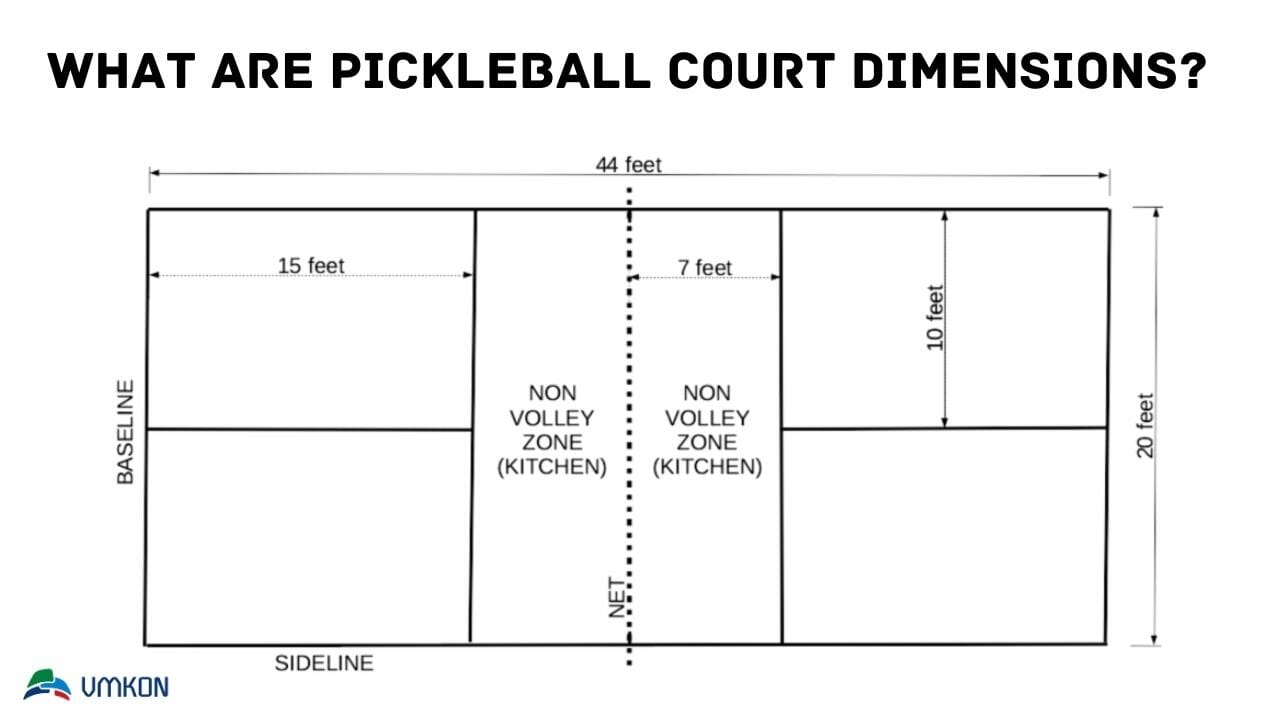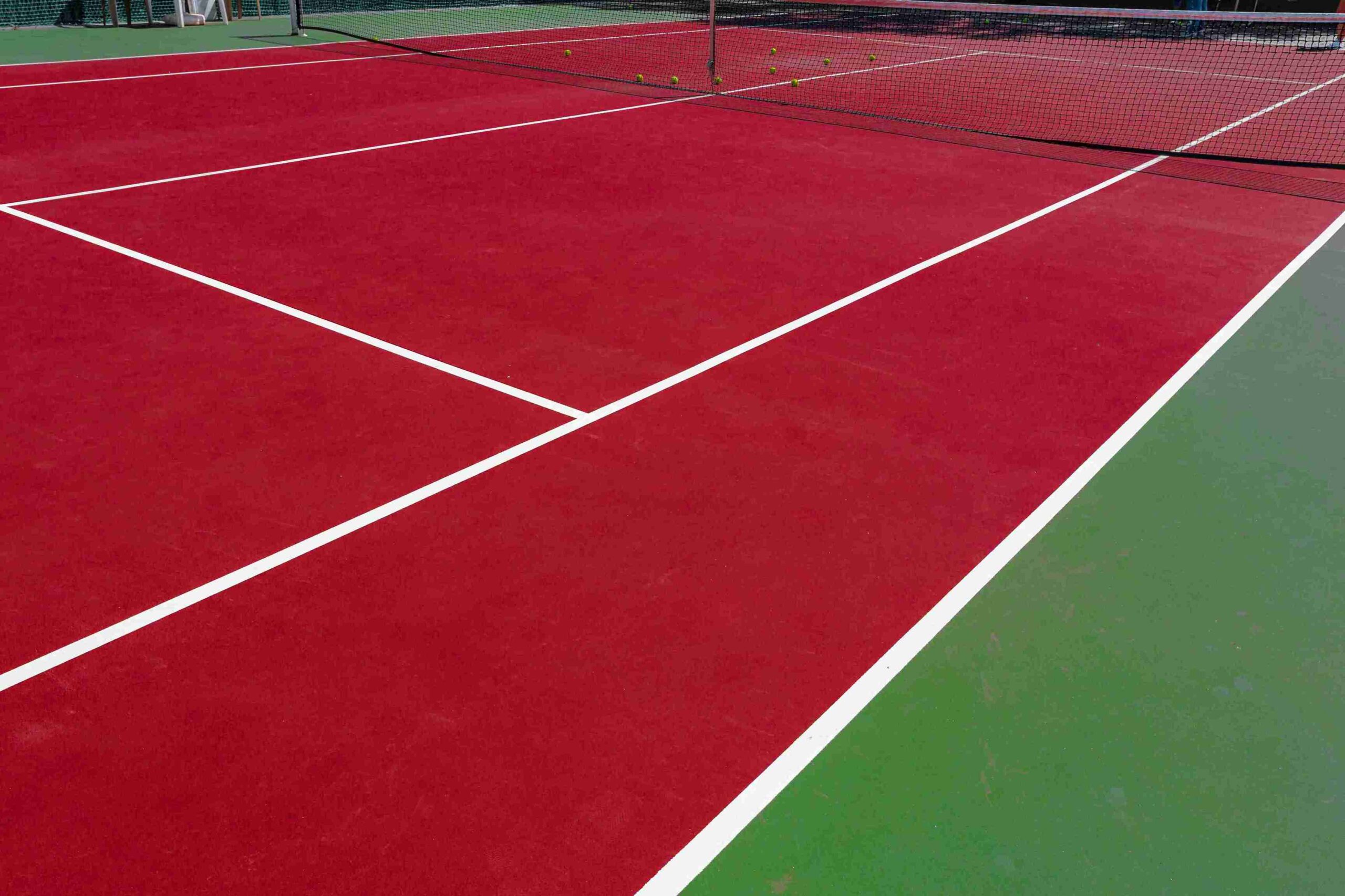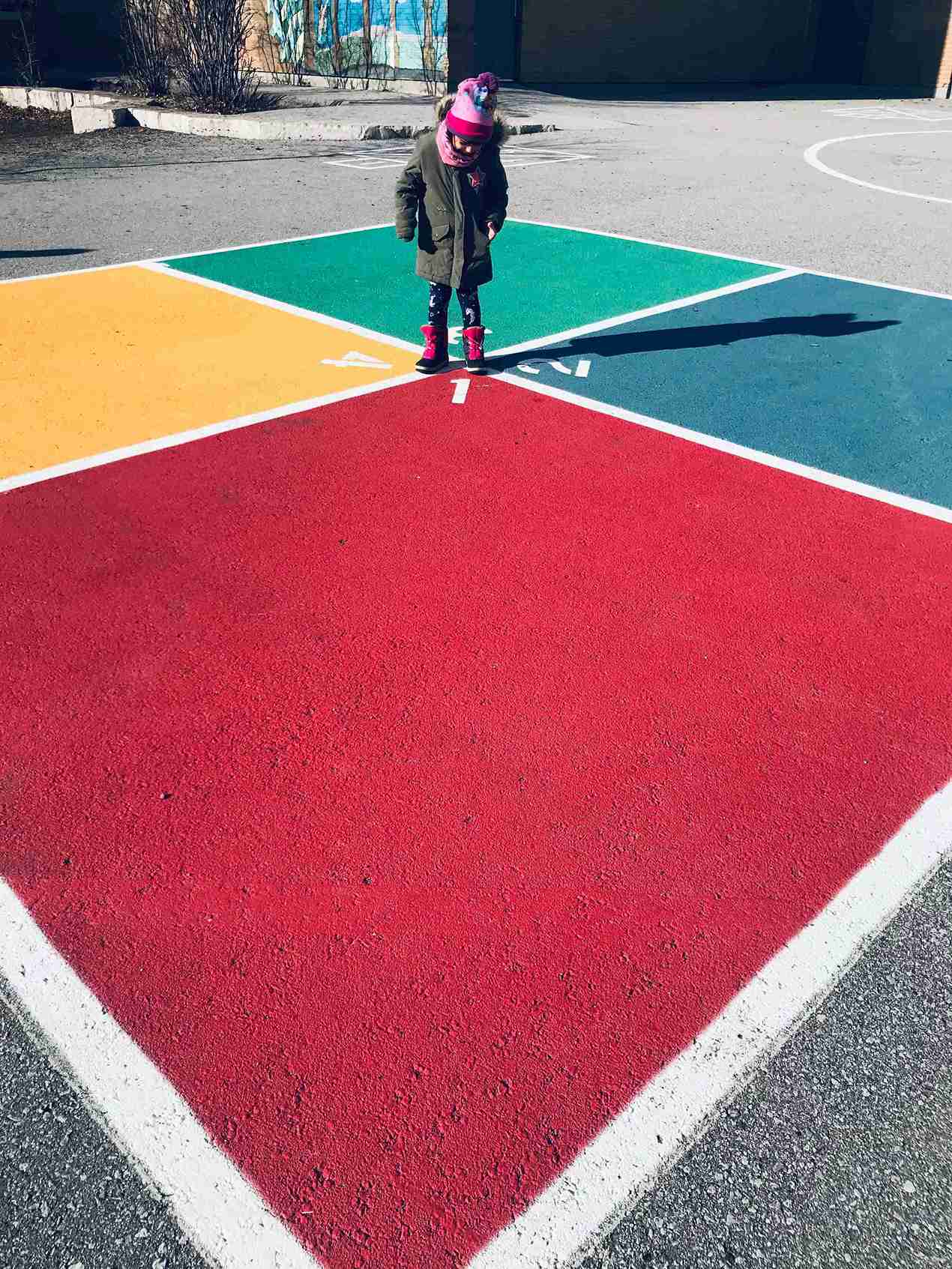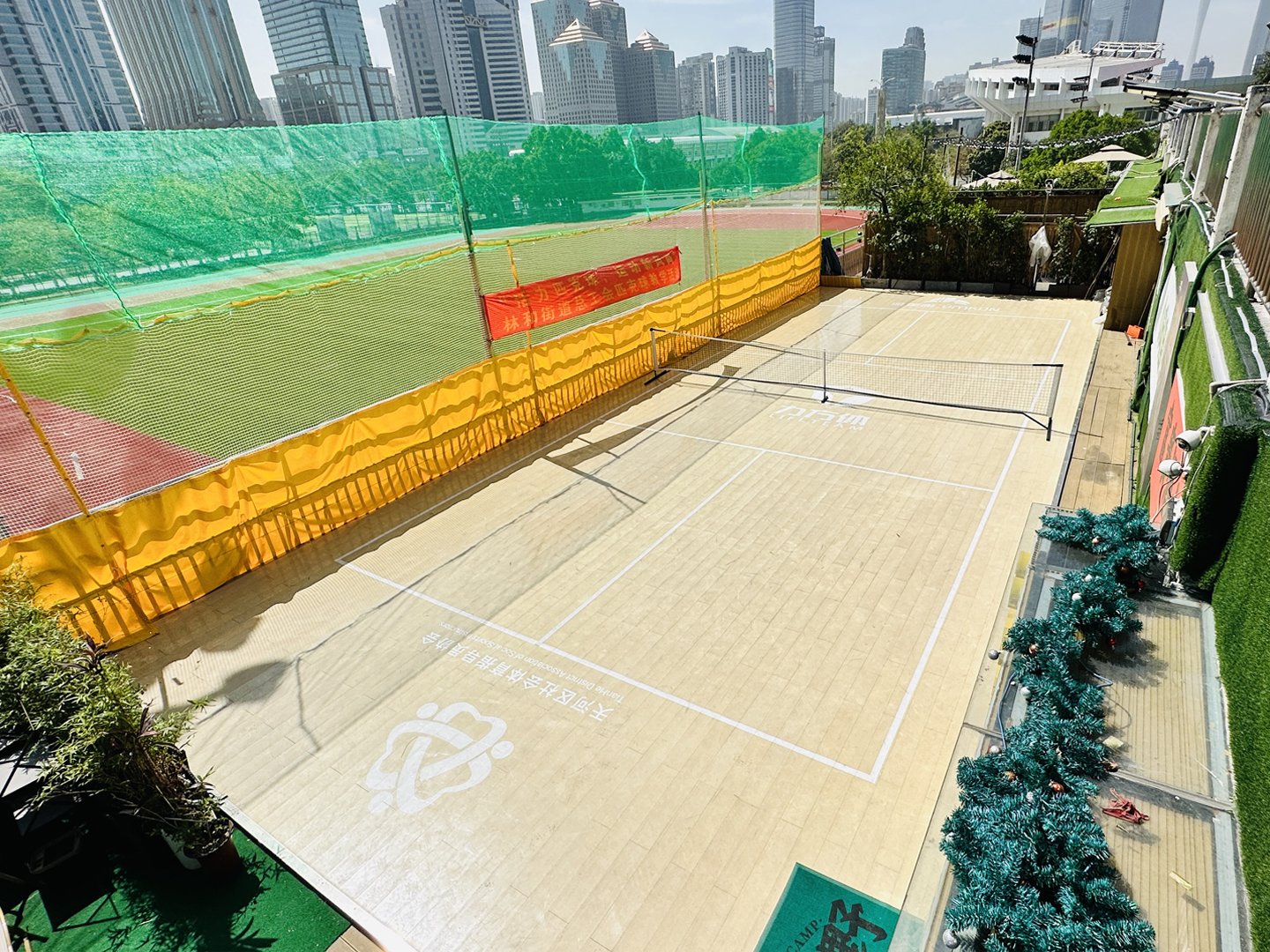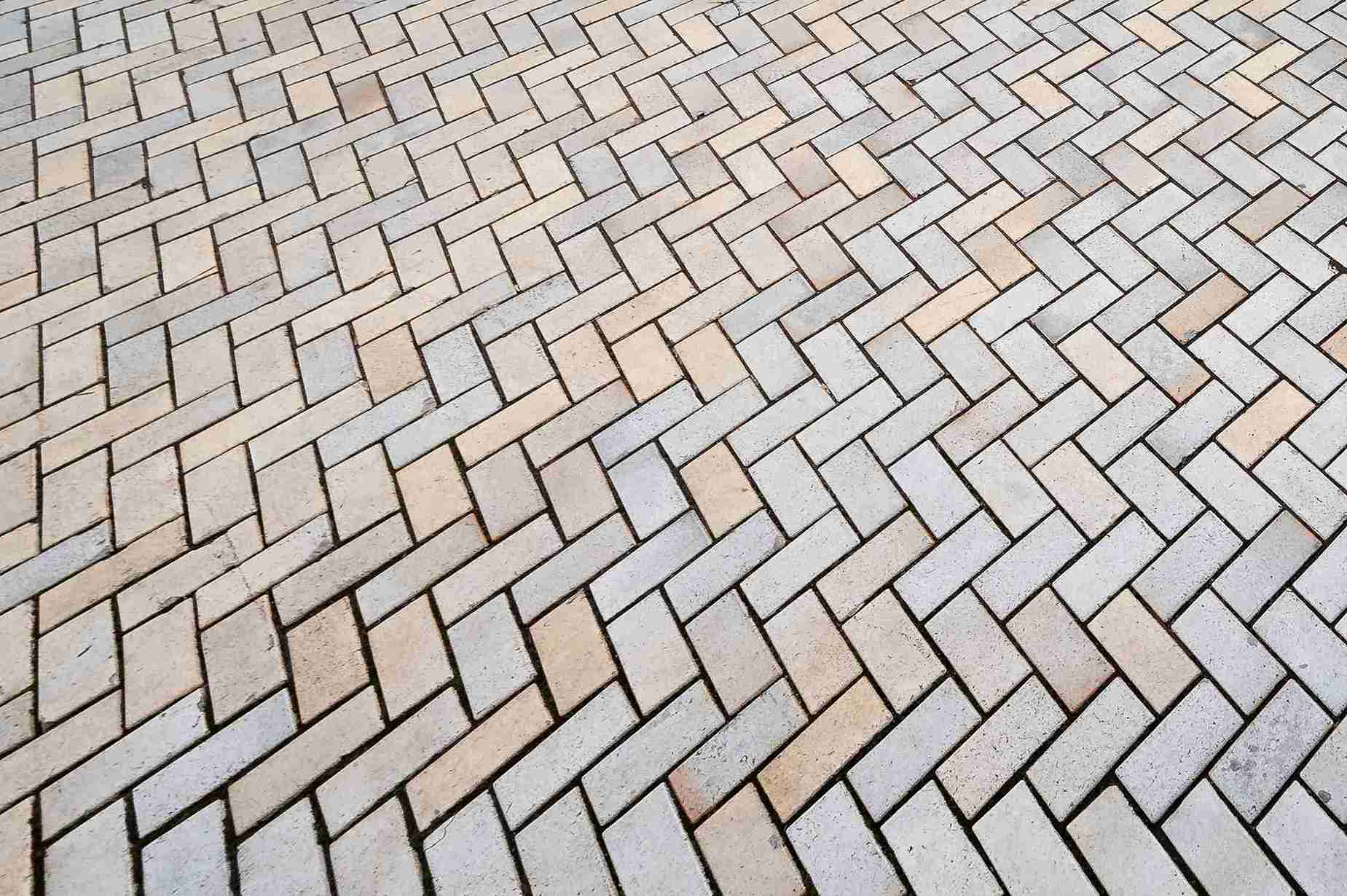Pickleball, invented in Washington State in the mid-1960s, has existed longer than many people realize. However, it has only recently gained a surge in popularity and participation, especially among families.
The game can be played indoors or outdoors, and it is a great way to exercise while having fun. In pickleball, players use large paddles instead of racquets to hit a perforated plastic ball over a net.
Due to the increasing popularity of this sport, many individuals are interested in building their own pickleball court. Knowing the court’s dimensions is important if you are new to pickleball. This article will give you all the information you need to know about pickleball court dimensions.
Read More
Outdoor Basketball Court Dimensions
What is Pickleball?
Before diving into a pickleball court’s dimensions, let’s first understand what pickleball is. Pickleball is a sport that combines elements of tennis, badminton, and table tennis. It is played with a paddle and a small plastic ball with holes.
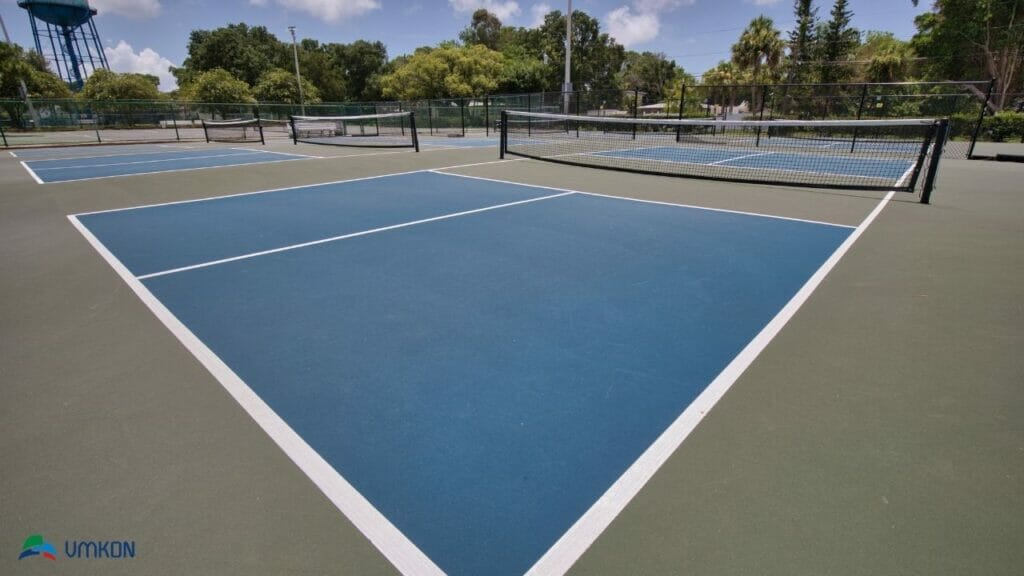

The game is played on a court that is divided into two halves by a net. The objective is to hit the ball over the net and land it inside the opponent’s court.
Why Are Pickleball Court Dimensions Important?
Pickleball court dimensions are essential for the sport because they ensure that the game is played fairly and according to standard rules. The dimensions of a pickleball court dictate the size and shape of the playing area, including the net height and the location of the non-volley zone or the kitchen.
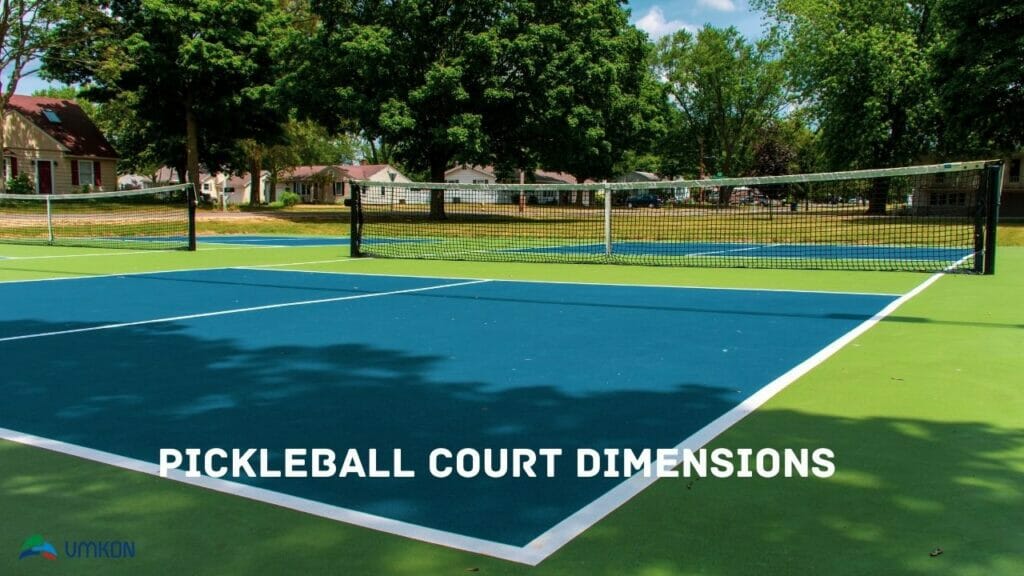

If the court is not properly marked, it can lead to confusion, unfair advantage or disadvantage, and even injuries. This part will discuss why pickleball court dimensions in feet are important.
Ensuring Fair Play
One of the main reasons why pickleball court dimensions are important is to ensure fair play. The court dimensions are set to specific measurements to create a level playing field for all players.
The court size, net height, and non-volley zone all play a critical role in the game. When these dimensions are not followed, it can create an unfair advantage for one team over the other.
Safety
Another important reason why indoor pickleball court dimensions are important is for safety reasons. When the court dimensions are not followed, it can increase the risk of injuries to players.
For example, if the non-volley zone is not marked correctly, it can increase the risk of players tripping and falling. Additionally, if the net is not set at the correct height, it can increase the risk of players hitting the net or getting hit by the ball.
Consistency
It is also important to follow the correct dimensions across all courts in order to maintain consistency. Whether you are playing on a court in your local community or a tournament, the court dimensions should be the same. This consistency ensures that players play the same game no matter where they are playing.
What are Pickleball Court Dimensions?
To play the game properly, it is important to understand the court’s dimensions. In this part, we will discuss the dimensions of a pickleball court in detail.
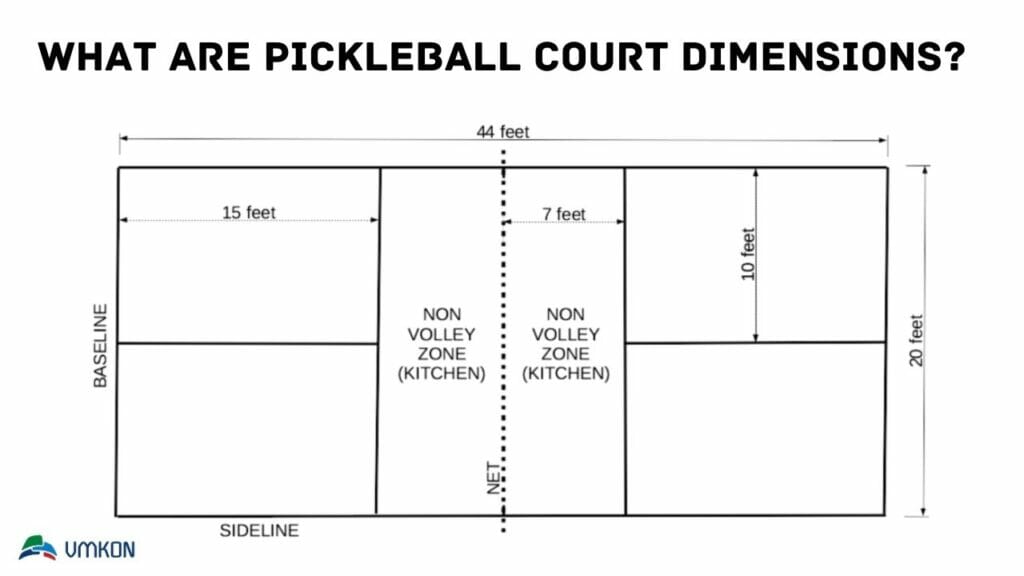

Pickleball Court Size in Meters
A pickleball court is 20 feet wide and 44 feet long. These measurements are equivalent to 6.10 meters wide and 13.41 meters long. A pickleball court is much smaller than a tennis court, making it easier for players to cover the court and return shots.
Non-Volley Zone
Within a pickleball court’s playing area, there are several zones that are unique to the sport. One of these zones is the non-volley zone, also known as the “kitchen.”
This zone is located on both sides of the net and is 20 feet wide and 7 feet long. The non-volley zone is an important part of the game because players are not allowed to volley the ball while standing in this area.
Service Area
When it comes to understanding how to serve in pickleball, the service area plays a pivotal role. In pickleball, there are two service areas, each positioned on either side of the court – one to the left and the other to the right.
These service areas are defined as being 10 feet wide and 15 feet long, providing ample space for serving prowess. The service line, a critical boundary, is situated 2 feet away from the non-volley zone, spanning the full width of the court. It’s essential for players to be acquainted with these dimensions to master the art of serving effectively in pickleball.
Net Height
The net height is an essential part of pickleball court dimensions. The net should be 36 inches high at the sidelines and 34 inches high at the center of the court.
This slight height difference helps prevent the ball from rolling off the net when it is hit. Furthermore, learning how to play pickleball properly requires understanding the court dimensions.
A pickleball court is smaller than a tennis court, with several unique zones, such as the non-volley zone and service areas. The net height is also an important part of the court dimensions. By following these dimensions, players can enjoy the game safely and fairly.
Choosing a Pickleball Court Surface
When it comes to playing pickleball, the court surface is an important factor to consider. Although the court’s dimensions are regulated, several types of surfaces can be used for pickleball, including concrete, asphalt, Astroturf, clay, wood, and grass. Check the cost of pickleball court surfaces.
Asphalt: This is the most common type of pickleball court surface. Asphalt courts are durable and affordable, providing good traction for players. However, they can be prone to cracks and require regular maintenance.
Concrete: Concrete courts are durable and provide good traction but are more expensive than asphalt courts. They are also more prone to cracking, but if they are well-maintained, they can last for many years.
Choosing the Right Flooring: You must choose the right flooring for your pickleball court to ensure the safety and longevity of your court.
For pickleball to be played effectively, there needs to be a firm surface on which the perforated plastic ball used in the game bounces correctly and can be used effectively.
There are many different types of flooring available for use in sports facilities. Still, the most common are hardwood and synthetic materials, but there are also innovations that can be utilized.
VMKON Sports offers a wide range of state-of-the-art pickleball court flooring options that ensure optimal performance and performance for the players.
The floors we provide are non-toxic, non-flammable, non-allergenic, and environmentally friendly, made from recycled materials. VMKON also offers various flooring options in different colors so that you can customize your court according to your preferences.
Benefits of Choosing VMKON Flooring
Choosing the VMKON pickleball court surface can offer several benefits. A high-quality surface provides better traction, shock absorption, and durability. This means players are less likely to slip, slide, or trip during a game, reducing the risk of injury.
A good surface also enhances the overall playing experience by allowing for quick and smooth movements and improving the quality of ball bounce.
Summary
Overall, pickleball court dimensions are straightforward and easy to understand. Backyard pickleball court dimensions & official pickleball court dimensions are important factors to consider when deciding where to play.
Knowing the court measurements, rules, and necessary equipment can help ensure you have the perfect game setup for yourself and your opponents. With a little research and the right equipment, you can enjoy this exciting, thrilling sport for years to come.
FAQs
1. How Much Space Do You Need for Pickleball?
The dimensions of a standard pickleball court are 20 feet wide by 44 feet long. However, the recommended total space required for a pickleball court is slightly larger, with a minimum of 30 feet wide by 60 feet long. This additional space around the court allows players to move freely and ensures sufficient space for any missed shots or balls that go out of bounds.
2. What are the Smaller Pickleball Court Dimensions?
The smallest pickleball court size is a 20′ x 44′ court. This smaller size court is used in recreational play and can accommodate up to four players. It is the most commonly used court size for pickleball.
It is important to note that while the court size is standardized, it is possible to adjust the court size for recreational play or use in non-regulation settings. However, the court must adhere to the standard size requirements in official competitions or tournaments.
3. Is a Pickleball Court the Same Size as a Tennis Court?
There are several differences between pickleball and tennis courts, but the size of the courts is the most obvious. Pickleball is played on a much smaller court. Whereas tennis courts are 60 feet wide and 120 feet long, pickleball courts are 20 feet wide and 44 feet long, about the same size as badminton courts.

